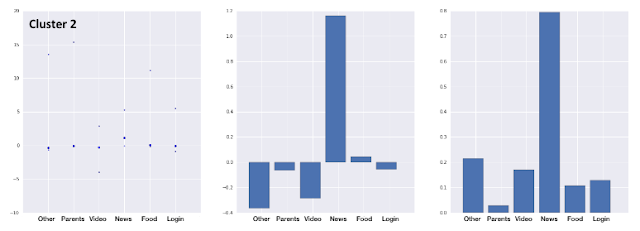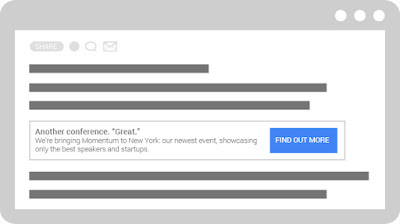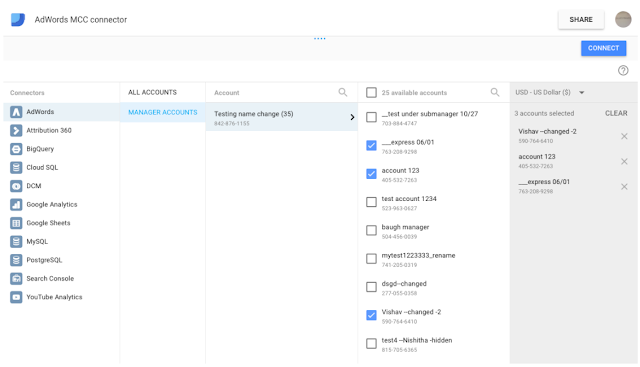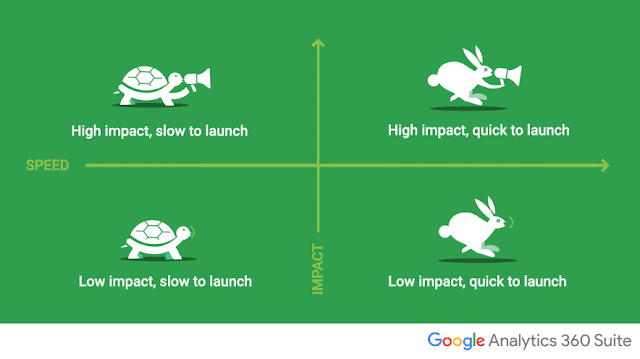Agilent Technologies provides laboratories worldwide with instruments, services, consumables, applications, and expertise. They are experiencing a shift as more of their buyers are turning to the web for information on healthcare equipment and services.
Image: AdvanceBio Columns Improve Laboratory Workflows (source)
As part of a recent digital transformation to meet their audience’s needs, they sought to expand the analytics capabilities of the company. They worked with E-Nor, a Google Analytics 360 Services and Sales Partner, to develop a measurement strategy and support an analytics technology migration to the Google Analytics 360 Suite.
Below is a quick summary of how Agilent is democratizing their data with the Google Analytics 360 Suite, to learn more read the full case study.
The key challenge was to provide a solution with minimal technical overhead that encouraged analytics adoption within the organization. Agilent also needed a solution that would integrate well with data from other sources.
Together, Agilent and E-Nor developed a measurement strategy incorporating business objectives, strategic initiatives, and key performance indicators. They then outlined a complete migration plan to meet many requirements, including implementation, dashboarding, data governance, and more.
Once the plan was in place, it was put to motion! E-Nor supported Agilent’s teams through a successful analytics solution migration. As a result, data from Analytics 360 is now used to help make both strategic and niche decisions throughout the organization. BigQuery and Data Studio expand capabilities by providing easy access to advanced analysis for key stakeholders.
“Google Analytics 360 has enabled an analytics culture where all digital teams have access to data in real time, and insights can quickly become business action.” Karen Brondum, leader of the Digital Analytics COE at Agilent
Thanks to Agilent and E-Nor’s collaborative efforts, the company has experienced a 400% growth in analytics users. They were also able to lower the cost of ownership for their analytics program, with less effort from all teams required to get to business insights. Learn more about how they achieved those results in the full case study.
Posted by Tara Dunn (E-Nor) and Daniel Waisberg (Google)







